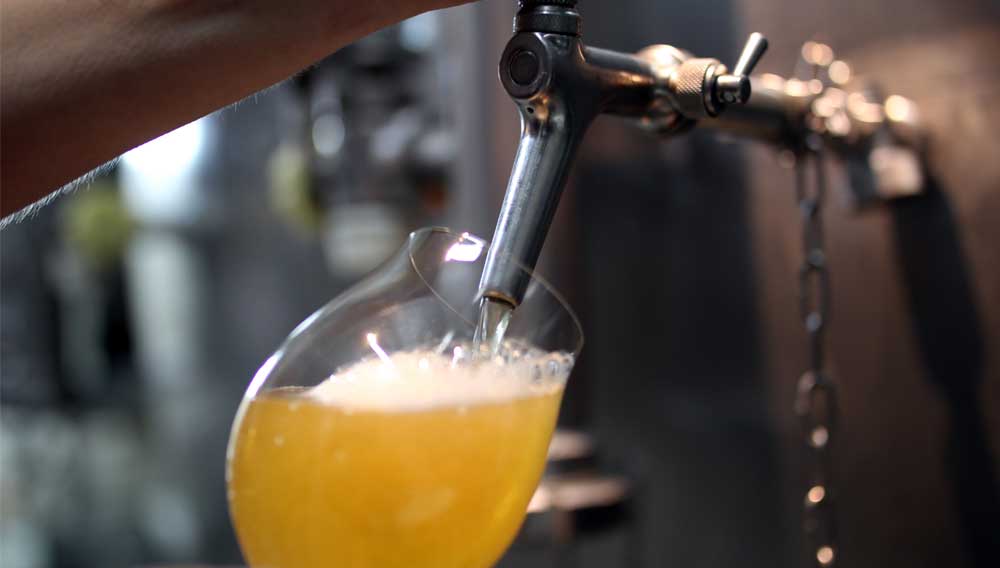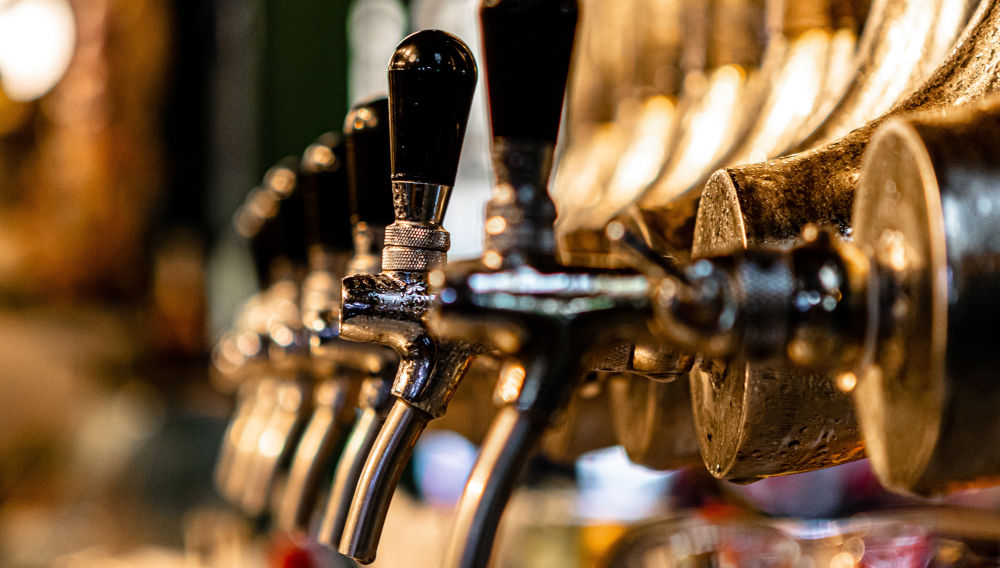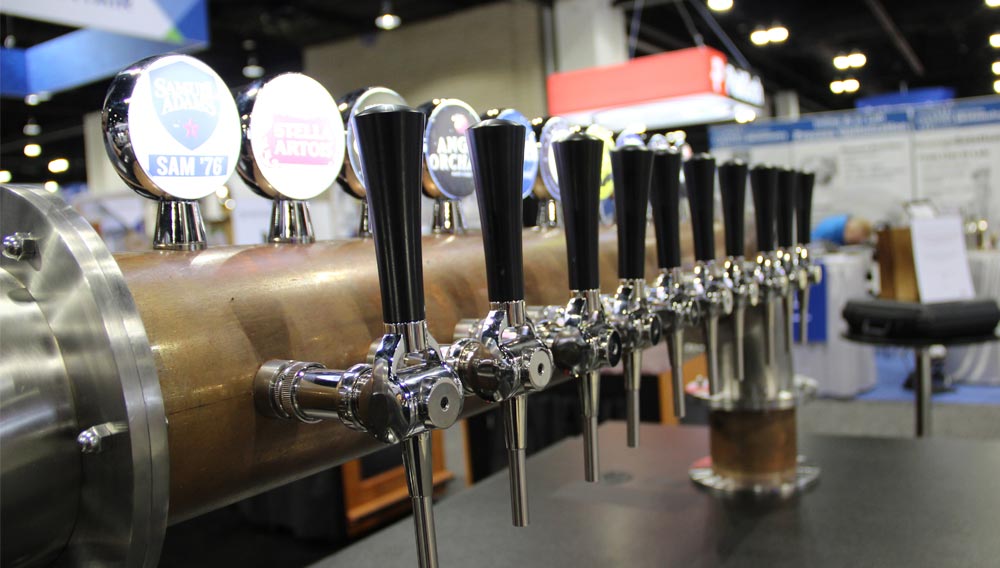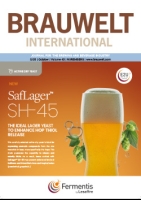
Indispensable knowledge | Time and again, one sees a server behind a bar who finds it impossible to fill glasses with draft beer at a satisfactory tempo, even though the dispensing system is apparently adjusted perfectly. The oft discussed saturation pressure is of course critical, as is the temperature of the beer. However, other factors are frequently not taken into consideration and these will be more closely examined in this article.
Freshly tapped beer is something special, but there are always certain faux pas to be avoided at the draft beer bar. Since aroma and flavor are the primary criteria for assessing draft beer, this article provides an overview of possible faults which can be introduced into the product once it has been connected to a dispensing system or through contamination by certain microorganisms.
When we think of the island of Cyprus, most of us have an image in our heads of being on holiday, surrounded by palm trees, blue skies and waves. Indeed, Cyprus is a year-round destination for tourists. Politically, the island in the eastern Mediterranean is considered to be the last divided country in Europe. The southern and western portions of Cyprus are known as the “Republic of Cyprus”, which is a member of the EU and NATO. Northern Cyprus calls itself the “Turkish Republic of Cyprus”, but other than themselves and the Turks occupying this area, no other country accepts it as a legitimate state. Apart from this, regarding the development of its beer culture over the last few decades, Cyprus has shared a fate familiar to many countries: Their beer culture became dominated by a very small number of brands, with the breweries producing their variation on the style of international lager.

The micro-brewery in France heralds a return to the origins of breweries, to a time when inn-keepers brewed for their own needs and didn’t distribute their beer beyond that, given the lack of pasteurisation and adequate containers. In this article beer writer and co-manager of Mondial de la Bière de Montréal et Mulhouse Jean Claude Colin introduces the French craft brewing “scene”, its history and the main protagonists: its beers.
Beer served on tap is still one of the attractions in gastronomy not generally available to consumers at home. So that this attraction does not end in disappointment for both consumer and restaurateur, e.g. due to excessive foaming or flat beer, close scrutiny of the dispensing system and especially the pressure setting for the dispensing gas are paramount. Time and again, it has been demonstrated that members of the restaurant industry and even a few manufacturers are in need of a refresher course on the fundamental practices involved with dispensing draft beer.
For more than ten years different committees and boards have been discussing the very controversial usage of coated brass equipment in beer dispensing systems. For many years now, the use of those components has been forbidden or recommended not to be used in many countries [1, 2]. However, they are still being used in Germany today. The repeated efforts and recommendations of the “Arbeitskreis Getränkeschankanlagen des Deutschen Brauer-Bundes” to use solely equipment made of stainless steel have not yet penetrated into the awareness of all responsible persons in breweries as well as at suppliers [3]. Due to the fact that no scientific data is available, scientific proof became a necessity. Several investigations were carried out to determine the amount of lead released from coated brass equipment which came into contact with beer. This was done to investigate whether the the usage of these components would affect the quality of draught beer or not.
Beer remains one of the most popular beverages in Germany even though it has lost ground in some instances in recent years. "Draught beer is something special" (GFO/Association for Ecology in 1997) but reality is oftentimes something different. Between 1995 and 1997, many publications referred to hygiene problems in dispensing of draught beer. Though pub operators are responsible for dispenser hygiene, assisting them in achieving this is in the interest of brewers.
Draught beer is special for the consumer, and it makes a major contribution to the image of a brewery. The dispensing of beer is at the end of the quality chain and, as such, it has a considerable influence on the quality of the product when it reaches the consumer. This contribution describes initial results from an investigation into the influence of hygiene conditions of beverage dispensing equipment on quality of product.
The frequently inadequate status of hygiene in beer from open dispensing equipment became known to the general public for the first time as a result of routine investigations carried out by
the responsible surveillance authorities (1994, 1997) (3,5).g. micro-organisms, contaminations, odours, temperatures or climatic influences" (1).
....



